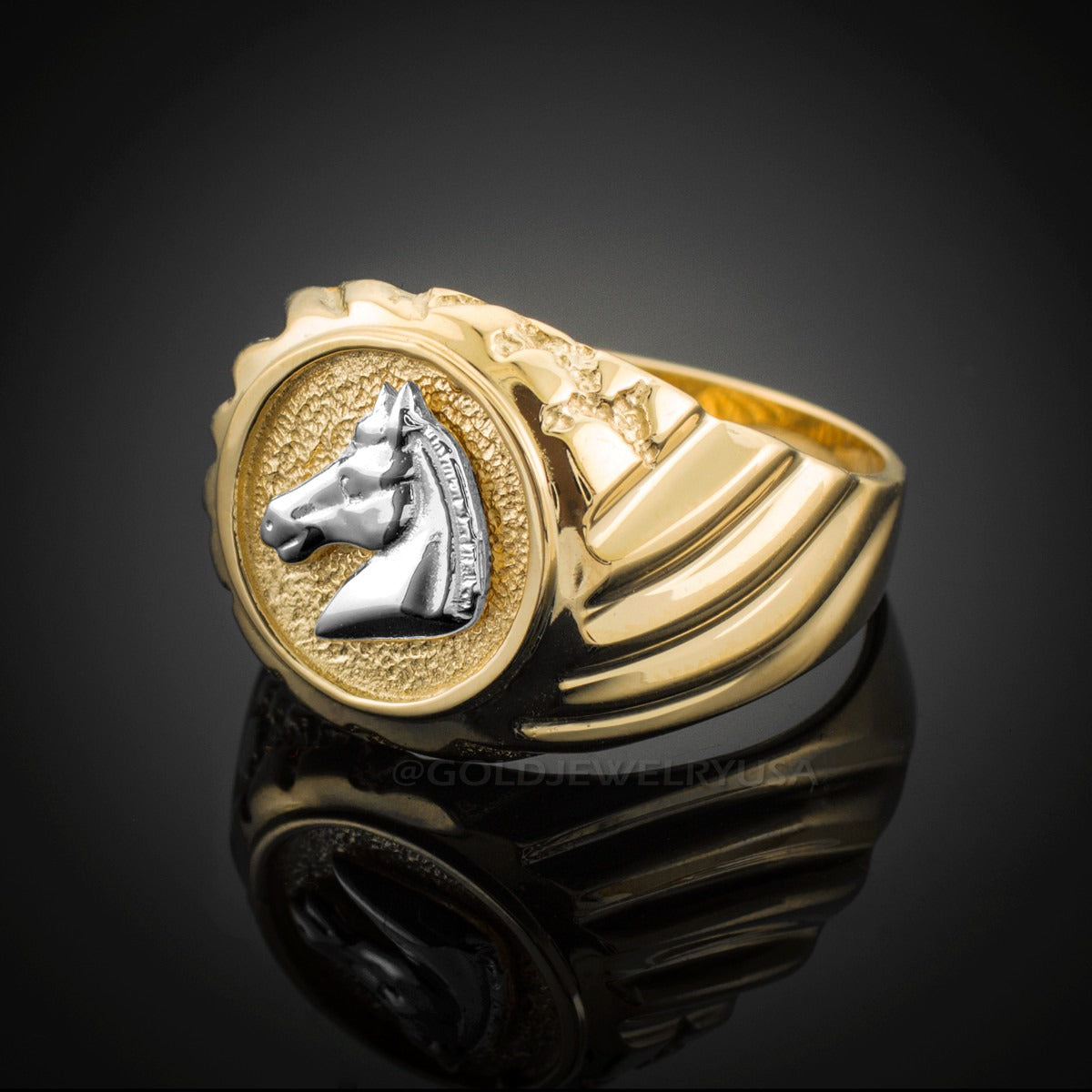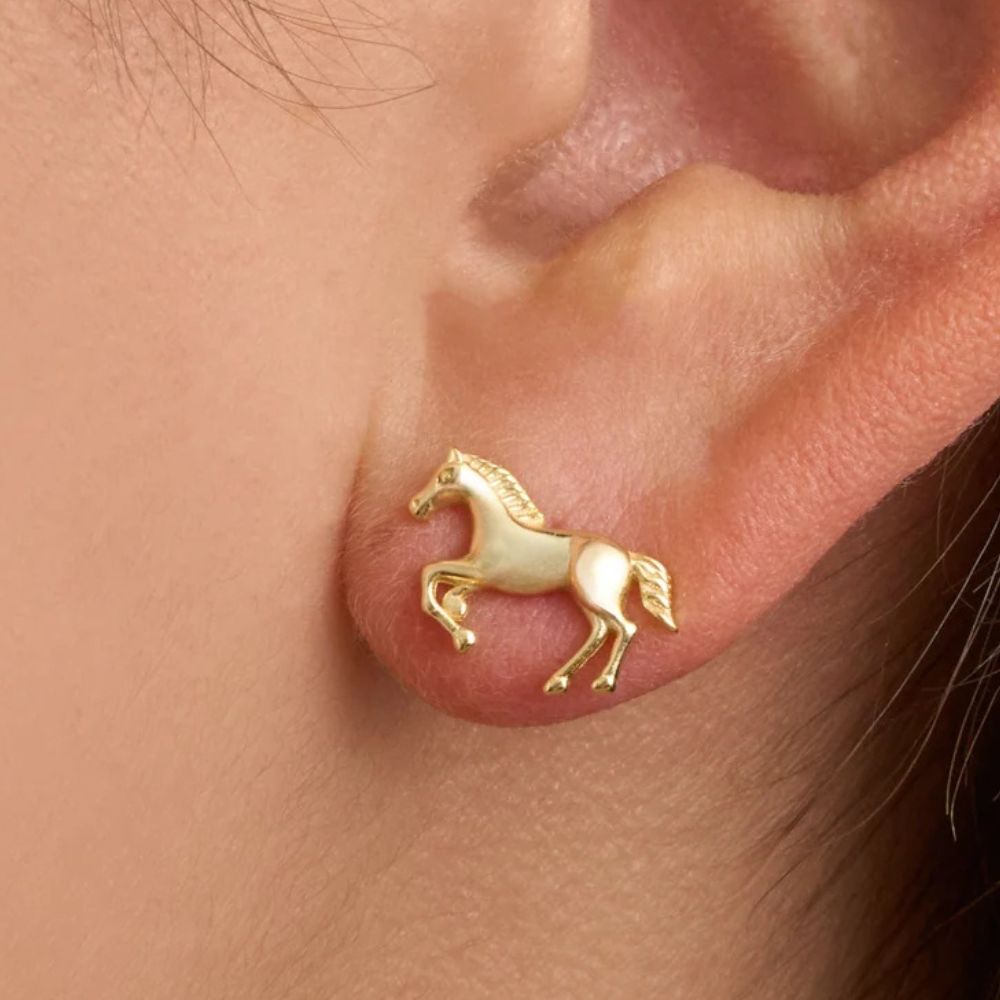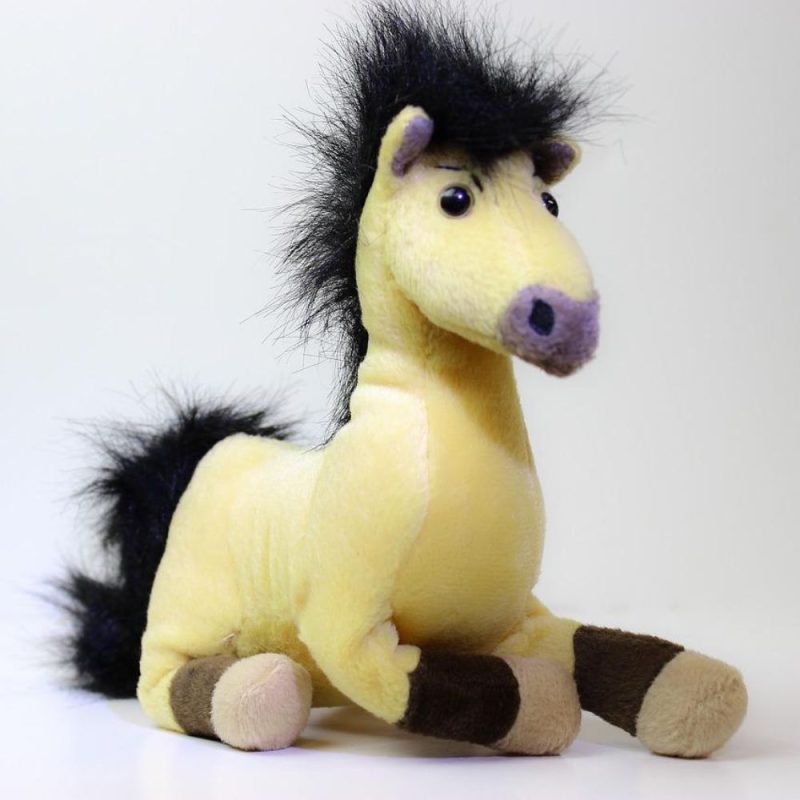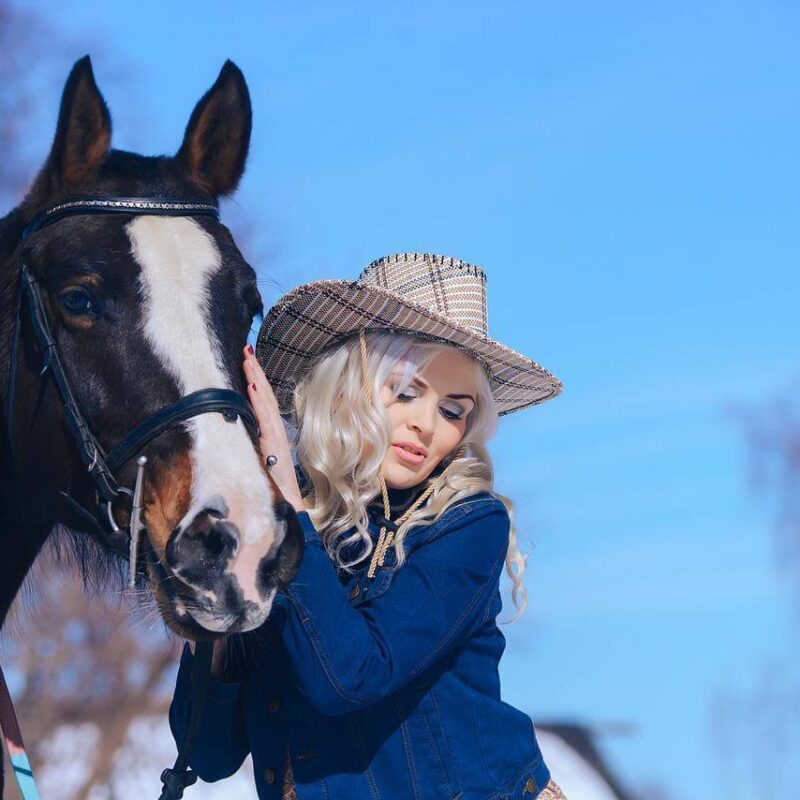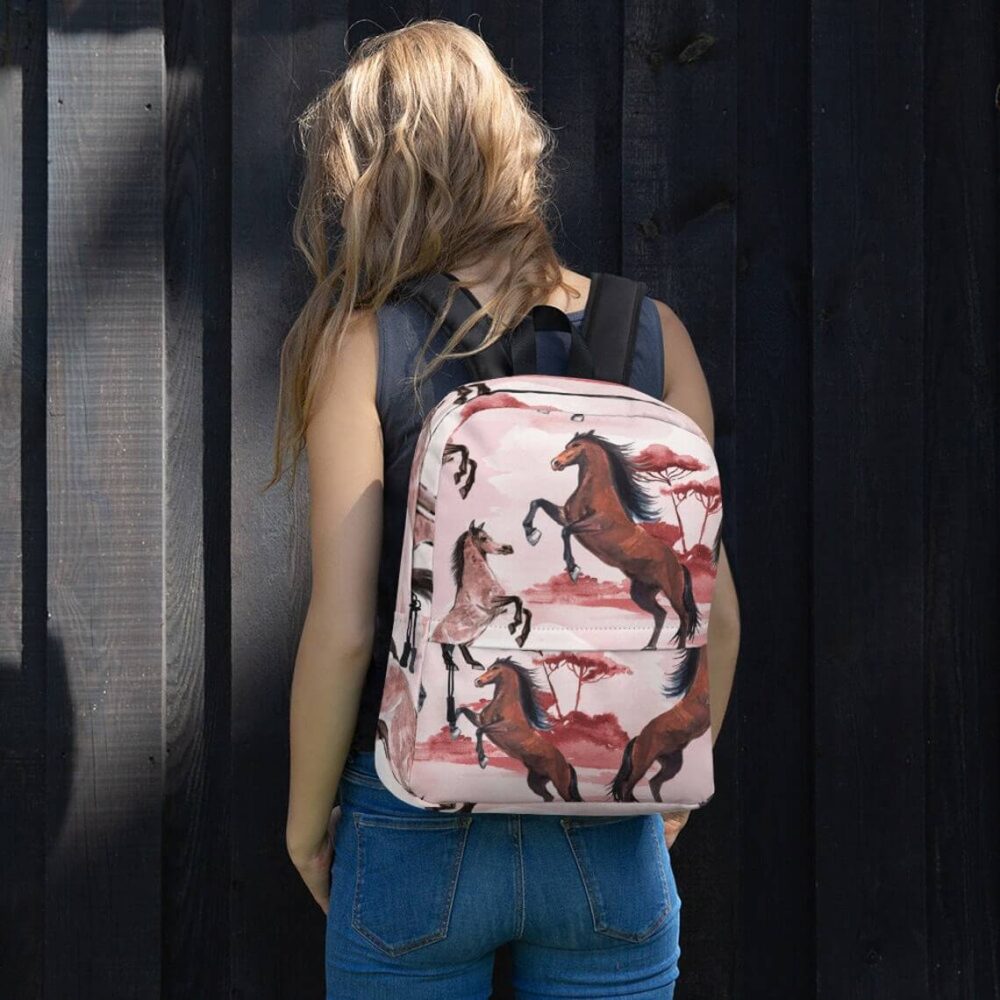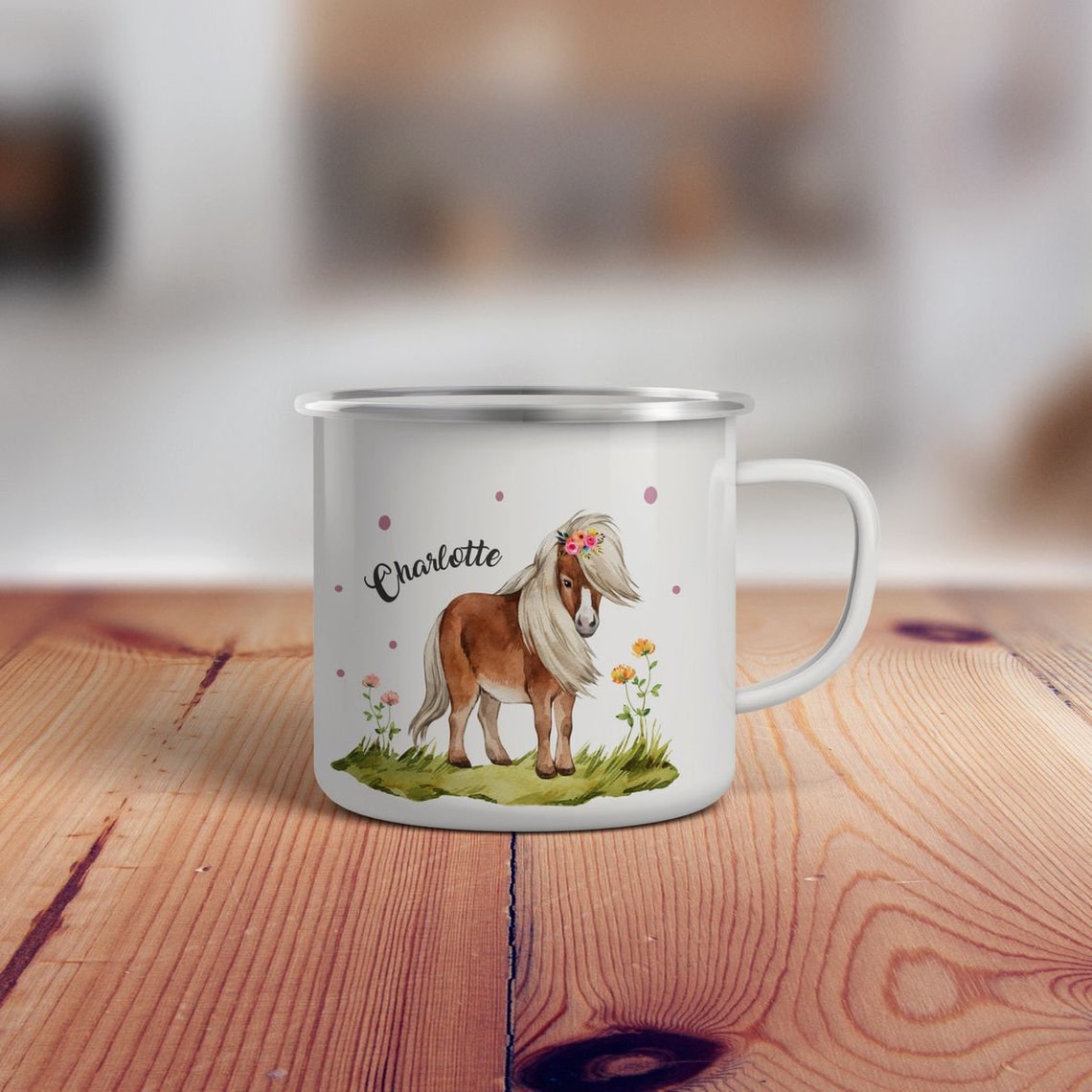
How Much Does an Adult Horse Weigh? Surprising Facts Revealed
Imagine standing beside a majestic horse, feeling the warmth of its breath as it nuzzles your hand. The sheer size and power of these animals can be awe-inspiring, but have you ever wondered just how much they weigh? Whether you're a seasoned equestrian or simply horse-curious, understanding an adult horse's weight is key—not just for bragging rights, but for their health, care, and even the type of saddle they need. So, let's dive in and uncover the numbers (and a few surprises) behind these magnificent creatures.
How Much Does an Adult Horse Weigh? The Straight Answer
The average adult horse weighs between 900 to 2,200 pounds (410 to 1,000 kg), but that’s like saying "clothing fits everyone from toddlers to basketball players." Breed, age, and even gender play huge roles. A petite Arabian might tip the scales at just 800 pounds, while a towering Shire horse could easily surpass 2,500 pounds—about the weight of a small car! Ponies, of course, are the featherweights, often weighing under 900 pounds. But let’s be honest: weight isn’t just a number. It’s a window into their world. A draft horse’s bulk fuels its raw strength, while a Thoroughbred’s lean frame speaks to its lightning speed. And here’s a surprising twist: wild horses often weigh less than their domestic counterparts, a reminder of how diet and lifestyle shape these animals. So next time you see a horse, take a guess—then consider the story behind its size.
Factors That Influence a Horse’s Weight
Breed: The Ultimate Decider
From the dainty Falabella to the colossal Clydesdale, breed is the biggest factor in a horse’s weight. Light breeds, like Arabians and Thoroughbreds, are built for speed and agility, while draft breeds are all about power. For example, a Belgian draft horse can weigh twice as much as a lean Hanoverian. Genetics set the blueprint, but even within breeds, individual variation keeps things interesting.
Age and Growth Patterns
Foals enter the world at around 10% of their eventual adult weight—about 100 pounds for a medium-sized breed. They’ll hit 50% by their first birthday and near full size by age four, though some draft breeds keep growing until six or seven. Senior horses often lose muscle mass, shedding pounds unless their diet is carefully managed. It’s a lifelong journey, and each stage demands tailored care.
Diet and Lifestyle
A pasture-raised horse with endless hay might bulk up, while a high-performance athlete burns calories relentlessly. Domestic horses often weigh more due to consistent meals, whereas wild mustangs fluctuate with the seasons. Even grazing time matters—horses are natural nibblers, and restricting their forage can lead to weight loss or stress.
Why Knowing Your Horse’s Weight Matters
Beyond curiosity, weight impacts health checks, medication dosing, and even riding safety. An overweight horse risks laminitis, while an underweight one may lack energy. Ever seen a saddle sink into a horse’s back? That’s a sign it’s carrying too much. Vets use weight tapes for quick estimates, but for precision, a livestock scale is gold standard. Think of it like this: you wouldn’t fuel a sports car the same way as a tractor, and horses are no different.
Surprising Weight-Related Facts
- Heart weight: A Thoroughbred’s heart can weigh up to 10 pounds—nearly twice that of an average horse—contributing to its legendary stamina.
- Water weight Horses drink 5–10 gallons daily, adding temporary pounds (and making morning weigh-ins tricky!).
- Historical giants The heaviest recorded horse, a Shire named Sampson, weighed 3,360 pounds in the 1800s—basically a walking SUV.
How to Estimate Your Horse’s Weight Without a Scale
No scale? No problem. Use a weight tape (wrapped around the girth) or the heart girth formula: (Heart Girth x Heart Girth x Body Length) / 330 = Weight in pounds. For accuracy, measure after a workout, not a meal. Or, borrow a farmer’s trick: if you can’t easily feel its ribs, it might be time to cut back on treats.
Standing beside a horse, you’re not just sharing space with an animal—you’re connecting with centuries of evolution, breeding, and partnership. Their weight tells a story of purpose, whether carved by race tracks or farm fields. So the next time you run a hand along a horse’s sturdy flank, remember: every pound reflects a life lived, and every measurement is a step toward understanding them better. Here’s to the giants that carry our dreams, one hoofbeat at a time.








